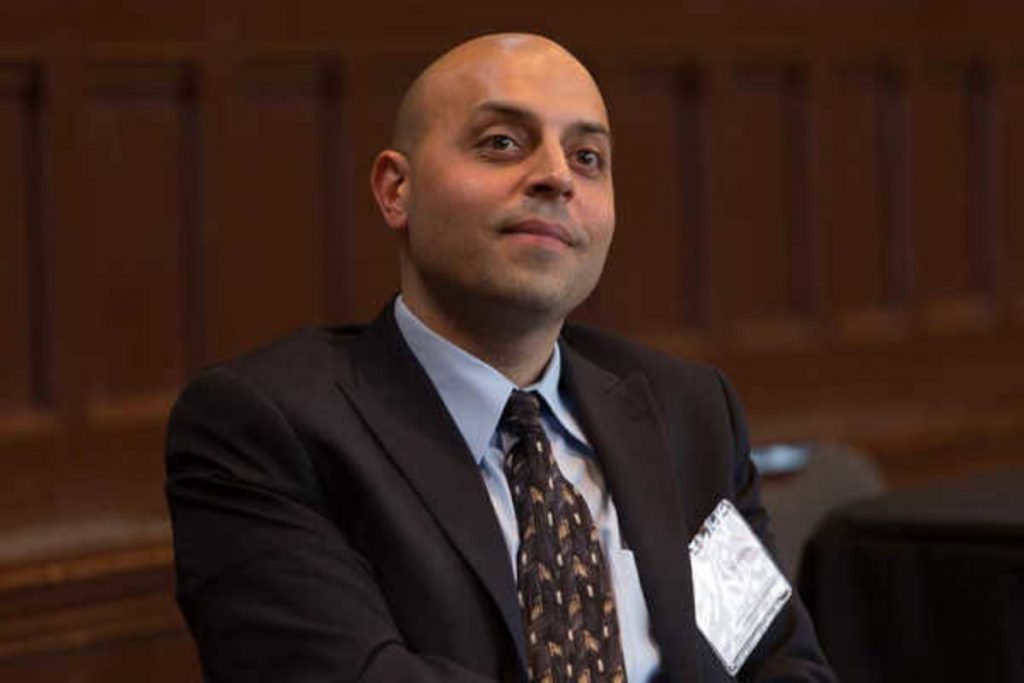Compiled by Skip Schiel, 2018 (with suggestions from many others) Revised January 2, 2025
Books on the Israel Palestine Conflict suggested by Listopia on Goodreads
We highly recommend books preceded by an asterisk (*).

*Daybreak in Gaza, Stories of Palestinian Lives and Culture is an encyclopedic account of present conditions in Gaza (2023-2025), plus history and archeology. Edited by Mohmoud Muna (proprietor of the Educational Bookstore in Jerusalem) and Matthew Teller, Saqi Books in the UK published the 336 page book in 2024. “Daybreak in Gaza humanises the people dismissed as statistics. It stands as a mark of resistance to the destruction and as a testament to the people of Gaza.”

*Light in Gaza: Writings Born of Fire with a review by Skip Schiel here. A compilation of writing from eleven current or former residents of this besieged, blockaded, violated and enduring group of some 2.2 million human beings, trapped by Israel since 1948 and as of this writing (January 1, 2025) being slaughtered. Organized by the American Friends Service Committee, edited by Jehad Abusalim, Jennifer Bing, and Mike Merryman-Lotze, this phenomenal 280 page book published in 2022 is available from the publisher, Haymarket Books in print form and as a free e-book.

Apeirogon follows two characters based on real people, Bassam Aramin and Rami Elhanan SARAH LEE/EYEVINE
*Apeirogon, by Colum McCann
Like the The Lemon Tree by Sandy Tolan, this book which the author calls a “hybrid novel” presents two overlapping views of two true-life incidents, the death of a young Israeli girl thru a suicide Palestinian operation and of a Palestinian girl by Israeli soldiers. The respective fathers, serving as the main characters, became close friends. Review by the Guardian. (Bloomsbury Publishing, 2020)

*The Hundred Years’ War On Palestine: A History of Settler Colonialism and Resistance, 1917-2017
By Rashid Khalidi
“A landmark history of one hundred years of war waged against the Palestinians from the foremost US historian of the Middle East, told through pivotal events and family history.” (Shop Palestine)
2020-336 pages

* Occupied with Nonviolence: A Palestinian Woman Speaks, by Jean Zaru
Jean Zaru is the anchor of Quakerism in the Occupied Territories. Long clerk of Ramallah Friends Meeting, world traveler speaking for Quakers in the Holy Land, and friend and mentor to many attempting to understand the dynamics of occupation and siege, the author presents a perspective blending resistance, nonviolence, Christianity, and Quakerism that has influenced many who have read her book, heard her speak, met her, and seek her guidance. (Fortress Press, 2008)

The Weaponized Camera in the Middle East—Videography, Aesthetics, and Politics in Israel and Palestine, by Liat Berdugo, 2021
Drawing on the vast video archive of the Israeli human rights organization, B’Tselem, Berdugo analyses how Palestinians working for justice, Israelis for domination, and international activists for disclosure use the video camera.

*Against Our Better Judgement, the hidden history of how the U.S. was used to create Israel, by Alison Weir, 2014
A well-documented, encyclopedic, detailed account of often obscured or erased facts of history (IfAmericansKnew.org)
*The Ethnic Cleansing of Palestine, by Ilan Pappe, 2006
Renowned Israeli historian, Ilan Pappe’s groundbreaking book revisits the formation of the State of Israel. Between 1947 and 1949, over 400 Palestinian villages were deliberately destroyed, civilians were massacred and around a million men, women, and children were expelled from their homes at gunpoint. (Amazon)
*War Against the People, Israel, the Palestinians, and Global Pacification, by Jeff Halper, 2015
Long-awaited, War Against the People is a powerful indictment of the Israeli state’s “securocratic” war in the Palestinian Occupied Territories. Anthropologist and activist Jeff Halper draws on firsthand research to show the pernicious effects of the subliminal form of unending warfare conducted by Israel, an approach that relies on sustaining fear among the populace, fear that is stoked by suggestions that the enemy is inside the city limits, leaving no place truly safe and justifying the intensification of military action and militarization in everyday life. Eventually, Halper shows, the integration of militarized systems—including databases tracking civilian activity, automated targeting systems, unmanned drones, and more—becomes seamless with everyday life. And the Occupied Territories, Halper argues, is a veritable laboratory for that approach. (University of Chicago Press) Interview with Halper about the book and his idea of Global Palestine, 2016, by David Kettenburg

*Mornings in Jenin (novel), by Susan Abulhawa, 2010
Mornings in Jenin is a multi-generational story about a Palestinian family. Forcibly removed from the olive-farming village of Ein Hod by the newly formed state of Israel in 1948, the Abulhejos are displaced to live in canvas tents in the Jenin refugee camp. We follow the Abulhejo family as they live through a half century of violent history. Amidst the loss and fear, hatred and pain, as their tents are replaced by more forebodingly permanent cinderblock huts, there is always the waiting, waiting to return to a lost home. (Amazon)
Gaza in Crisis: Reflections on Israel’s War Against the Palestinians, by Noam Chomsky and Ilan Pappe, 2010
Described by a UN fact-finding mission as “a deliberately disproportionate attack designed to punish, humiliate, and terrorize a civilian population,” Israel’s Operation Cast Lead thrust the humanitarian crisis in the Gaza Strip into the center of the debate about the Israel/Palestine conflict. In Gaza in Crisis, Noam Chomsky and Ilan Pappé, two of the issue’s most insightful and prominent critical voices, survey the fallout from Israel’s conduct in Gaza and place it into the context of Israel’s longstanding occupation of Palestine. (Amazon)
*Palestine (graphic novel), by Joe Sacco, 2001
A graphic novel written and drawn by Joe Sacco about his experiences in the West Bank and the Gaza Strip in December 1991 and January 1992. Sacco gives a portrayal which emphasizes the history and plight of the Palestinian people, as a group and as individuals. (Wikipedia)
*Boycott, Divestment, Sanctions: The Global Struggle for Palestinian Rights, by Omar Barghouti, 2011
International boycott, divestment, and sanctions (BDS) efforts helped topple South Africa’s brutal apartheid regime. In this urgent book, Omar Barghouti makes the case for a rights-based BDS campaign to stop Israel’s rapacious occupation, colonization, and apartheid against the Palestinian people. This considered, convincing collection contributes to the growing debate on Israel’s violations of international law and points the way forward to a united global civil society movement for freedom, justice, self-determination, and equality for all. (Haymarket Books)
*The Lemon Tree: An Arab, a Jew, and the Heart of the Middle East, by Sandy Tolan, 2007
In 1967, Bashir Al-Khayri, a Palestinian twenty-five-year-old, journeyed to Israel, with the goal of seeing the beloved old stone house, with the lemon tree behind it, that he and his family had fled nineteen years earlier. To his surprise, when he found the house he was greeted by Dalia Ashkenazi Landau, a nineteen-year-old Israeli college student, whose family fled Europe for Israel following the Holocaust. On the stoop of their shared home, Dalia and Bashir began a rare friendship, forged in the aftermath of war and tested over the next thirty-five years in ways that neither could imagine on that summer day in 1967. Based on extensive research, and springing from his enormously resonant documentary that aired on NPR’s Fresh Air in 1998, Sandy Tolan brings the Israeli-Palestinian conflict down to its most human level, suggesting that even amid the bleakest political realities there exist stories of hope and reconciliation. (Goodreads)
*The Question of Palestine, by Edward Said, 1992 (first published 1979)
Still a basic and indispensable account of the Palestinian question, updated to include the most recent developments in the Middle East- from the intifada to the Gulf war to the historic peace conference in Madrid. (Goodreads)
Wrestling in the Daylight, by Brant Rosen
In 2006, Rabbi Brant Rosen, who served a Jewish Reconstructionist congregation in Evanston, Illinois, launched a blog called Shalom Rav, in which he explored a broad range of social-justice issues. The focus of his writing—and his activism—changed dramatically in December 2008, when Israel launched a wide, 23-day military attack against Gaza, causing him to deeply question his lifelong liberal Zionism. Unlike the biblical Jacob, who wrestled in the dark of night at a crucial turning point in his life, Rabbi Rosen chose to make his struggle public: to wrestle in the daylight. Over the two years that followed, Shalom Rav became a public and always highly readable record of his journey from liberal Zionist to active and visionary Palestinian solidarity activist. Wrestling in the Daylight: A Rabbi’s Path to Palestinian Solidarity is Rosen’s self-curated compilation of these blog posts. (Just World Books)
Children of the Stone: The Power of Music in a Hard Land, by Sandy Tolan, 2015 by Bloomsbury USA
It is an unlikely story. Ramzi Hussein Aburedwan, a child from a Palestinian refugee camp, confronts an occupying army, gets an education, masters an instrument, dreams of something much bigger than himself, and then, through his charisma and persistence, inspires scores of others to work with him to make that dream real. The dream: a school to transform the lives of thousands of children–as Ramzi’s life was transformed–through music. (Bloomsbury Publishing)
*The Adam of Two Edens: Selected Poems, by Mahmoud Darwish, 2000
“They never left. They never returned. Their hearts were almonds in the streets,” writes Darwish (Mural) in “The Tragedy of Narcissus, the Comedy of Silver.” A revered Palestinian poet—recipient of France’s Knight of Arts and Belles Lettres medal and the Lotus Prize, and author of 20 poetry collections among other works—Darwish was six at time of the Israeli occupations of 1948; his father was killed and his family fled to Lebanon. As a young man, he was repeatedly imprisoned for reading his poetry and not carrying the proper papers. He has since lived all over the world, and advised the PLO Executive Committee between 1982 and 1993, when he resigned in protest of the Oslo accords. (Publishers Weekly)
Israel/Palestine and the Queer International, by Sarah Schulman, 2012
In this chronicle of political awakening and queer solidarity, the activist and novelist Sarah Schulman describes her dawning consciousness of the Palestinian liberation struggle. Invited to Israel to give the keynote address at an LGBT studies conference at Tel Aviv University, Schulman declines, joining other artists and academics honoring the Palestinian call for an academic and cultural boycott of Israel. Anti-occupation activists in the United States, Canada, Israel, and Palestine come together to help organize an alternative solidarity visit for the American activist. Schulman takes us to an anarchist, vegan café in Tel Aviv, where she meets anti-occupation queer Israelis, and through border checkpoints into the West Bank, where queer Palestinian activists welcome her into their spaces for conversations that will change the course of her life. She describes the dusty roads through the West Bank, where Palestinians are cut off from water and subjected to endless restrictions while Israeli settler neighborhoods have full freedoms and resources. (Duke University Press)
*The General’s Son: Journey of an Israeli in Palestine, by Miko Peled, 2016
In 1997, a tragedy struck the family of Israeli-American Miko Peled. His beloved niece Smadar was killed by a suicide bomber in Jerusalem. That tragedy propelled Peled onto a journey of discovery. It pushed him to re-examine many of the beliefs he had grown up with, as the son and grandson of leading figures in Israel’s political-military elite, and transformed him into a courageous and visionary activist in the struggle for human rights and a hopeful, lasting peace between Israelis and Palestinians. (Goodreads)
*Activestills—Photography as Protest in Palestine/Israel, edited by Vered Maimon and Shiraz Grinbaum, 2016
Using the twin acts of making and presenting photographs, Israeli, Palestinian, and international photographers offer a new reality, often distorted by mainstream media. (PlutoPress)
*On Antisemitism—Solidarity and the Struggle for Justice, by various writers compiled by Jewish Voice for Peace, 2017
An array of views about antisemitism, especially when used as a charge against criticism of Israel. (Haymarket Books)
*Boycott, Divestment, and Sanctions? A Quaker Zionist Rethinks Palestinian Rights, by Steve Chase, 2017 (Pendle Hill Pamphlet #445)
“Living with the Holocaust: The Journey of a Child of Holocaust Survivors,” by Sara Roy, 2002 (Journal of Palestine Studies, Vol. 32, no. 1)
The Gaza Strip: The Political Economy of De-Development (Expanded Third Edition) by Sara Roy, 2016 (Institute for Palestine Studies)
The Hundred-Year Struggle for Israel and Palestine : An Analytic History and Reader (Revised Edition), edited by Victor Lieberman , 2012
The book opens with a general history of the conflict, which is followed by secondary readings that illustrate and enrich that preliminary survey. Readings have been carefully chosen to express a variety of interpretive and political viewpoints. (Cognella Academic Publishing) Sample
Gaza, an Inquest into its Martyrdom by Norman Finkelstein, 2018, an exhaustive and carefully documented analysis of Operation Cast Lead (2008-2009), the Goldstone report (about Cast Lead, 2009), the Mavi Marmara (2010), and Operation Protective Edge (2014). His central thesis is Israel’s policies are intended to punish the people of Gaza and make their land uninhabitable. (University of California Press) Review by Marilyn Garson, 2018.
Reading Maimonides in Gaza, by Marilyn Garson (2018)
From 2011 to 2015, experience in Gaza’s economic sector
This is How We Fought in Gaza, Soldiers׳ testimonies and photographs from “Operation Protective Edge,” by Breaking the Silence (2014)
Night in Gaza, by Mads Gilbert (2015)
A participant’s view by a Norwegian medical doctor in hospitals during Israel’s assault on Gaza in 2014, Operation Protective Edge, with excellent photographs by the author. Israel has now banned him from entering the region for life.
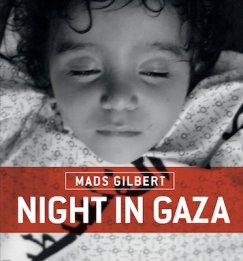
*Faith & Fratricide, the Theological Roots of Anti-Semitism, by Rosemary Radford Ruether (1974)
Since the Nazi holocaust took the lives of a third of the Jewish people of the world, the Christian Church has been engaged in a self-examination of its own historical role in the creation of anti-semitism. In this major contribution to that search, theologian Rosemary Radford Ruether explores the roots of Anti-Semitism from new perspectives.

A History of the Jews, by Paul Johnson (1988)
This historical magnum opus covers 4,000 years of the extraordinary history of the Jews as a people, a culture, and a nation, showing the impact of Jewish character and imagination upon the world.

Constantine’s Sword: the Church & the Jews, a History, by James Carroll (2001)
A former priest, Carroll documents the role of the Roman Catholic Church in the long European history of Anti-Semitism. The primary source of anti-Jewish violence is the perennial obsession with converting the Jews to Christianity; an event which some theologians believed would usher in the Second Coming.

My Promised Land: The Triumph and Tragedy of Israel, by Ari Shavit (2013)
“My Promised Land” startles in many ways, not least in its relative lack of interest in providing its readers with a handy politics. Shavit, a columnist who serves on the editorial board of Haaretz, has an undoctrinaire mind. He comes not to praise or to blame, though along the way he does both, with erudition and with eloquence; he comes instead to observe and to reflect. (Leon Wieseltier, New York Times)

The Changing Face of Anti-Semitism: From Ancient Times to the Present Day, by Walter Laqueur (2006)
A history of antisemitism, is no exception: although it begins with the ancient world and provides a brisk survey of the history of antisemitism through the era of the Holocaust, half of its chapters deal with aspects of “the new antisemitism,” the surprising mutations of the old virus that have occurred in the post-Holocaust era. As Laqueur wryly notes, the Nazis made the term “antisemitism” disreputable, and most antisemites now masquerade under other names: “A spade is no longer a spade but an agricultural implement.” (Bruce Thompson)

Why Palestine Matters, The Struggle To End Colonialism, by IPMN.org, The Israel Palestine Mission Network of the Presbyterian Church (U.S.A.)
Contextualizes the liberation struggle of the Palestinian people within other global justice struggles. With a foreword by Richard Falk, former UN Special Rapporteur of Human Rights in the Palestinian Territories, the book is grounded in international law and brings Palestine into focus through a lens of intersectionality.

Dark Hope: Working for Peace in Israel and Palestine, by David Shulman (2007), published by the University of Chicago Press
Shulman’s chronicle of Palestinian and other Israeli activists struggling for justice, featuring his work with Ta’ayush, a joint Palestinian Israeli grassroots organization.
One of the most fascinating and moving accounts of Israeli-Palestinian attempts to help, indeed to save, human beings suffering under the burden of occupation and terror. Anyone who is pained and troubled by what is happening in the Holy Land should read this human document, which indeed offers a certain dark hope. (A. B. Yehoshua)

Eyewitness Gaza, photographs by Skip Schiel & Teeksa Photography (2012)
Photographed mostly between 2008 and 2010, Schiel depicts his multiple experiences in the Gaza Strip thru his astute lens.

*J’accuse (Poetry by a leading radical progressive Jewish Israeli) / Aharon Shabtai ; translated by Peter Cole.
*So what : new & selected poems (by a Palestinian, partly about the Nakba and his destroyed village, with a story), 1971-2005 / Taha Muhammad Ali ; translated by Peter Cole, Yahya Hijazi, Gabriel Levin.*My happiness bears no relation to happiness : a poet’s life in the Palestinian century (about the author, story teller and, Nazarine shop owner, Taha Muhammad Ali) / Adina Hoffman.
*In search of Fatima : a Palestinian story (the Nakba from the point of view of a Jewish Israeli)/ Ghada Karmi.
*Khirbet Khizeh (expulsion of Palestinians during the Nakba from this particular village)/ S. Yizhar ; translated from the Hebrew by Nicholas De Lange and Yaacob Dweck ; afterword by David Shulman.
*Gaza : life in a cage / text by Hervé Kempf ; photographs by Jérôme Equer.
Catastrophe remembered : Palestine, Israel and the internal refugees : essays in memory of Edward W. Said (1935-2003) / edited by Nur Masalha.
Drawing the Kafr Qasem massacre / by Samia Halaby ; foreword by Raja Shehadeh ; historical perspective by Salman Abu Sitta.
*The words of my father : love and pain in Palestine (living in Gaza, shot by an Israeli soldier, medically treated by Israeli, this man learn to overcome hate)/ Yousef Bashir.
The innocents abroad (his dour and highly prejudiced account of Palestine in the mid 1800s)/ Mark Twain ; edited and with an introduction by Tom Quirk and notes by Guy Cardwell.
Palestine and the Palestinians : a social and political history / Samih K. Farsoun, Naseer H. Aruri.
*Palestinian walks : forays into a vanishing landscape (intimate accounts of vanishing Palestine landscape, with attempts to reverse that)/ Raja Shehadeh.
*Erased from space and consciousness : Israel and the depopulated Palestinian villages of 1948 (how Israeli erasure works)/ Noga Kadman ; foreword by Oren Yiftachel ; translation from Hebrew, Dimi Reider ; translation consultant, Ofer Neiman.
Before their diaspora : a photographic history of the Palestinians, 1876-1948 (breathtaking, monumental, tear-evoking, and nearly impossible to find)/ with an introduction and commentary by Walid Khalidi.
*Transformed landscapes : essays on Palestine and the Middle East in honor of Walid Khalidi / edited by Camille Mansour, Leila Fawaz.
Auschwitz : a history in photographs / compiled and edited by Teresa Świebocka ; English edition prepared by Jonathan Webber and Connie Wilsack.
Ordinary lives / (photos from a refugee camp in Lebanon) Rania Matar ; essay by Anthony Shadid.
The Northern Ireland peace process : ending the troubles? (with some insights relevant to ending “The Troubles” in Palestine-Israel) / Thomas Hennessey.
 “From Ramallah to New York, Tel Aviv to Porto Alegre, people around the world celebrate a formidable, transnational Palestinian LGBTQ social movement. Solidarity with Palestinians has become a salient domain of global queer politics. Yet LGBTQ Palestinians, even as they fight patriarchy and imperialism, are themselves subjected to an “empire of critique” from Israeli and Palestinian institutions, Western academics, journalists and filmmakers, and even fellow activists. Such global criticism has limited growth and led to an emphasis within the movement on anti-imperialism over the struggle against homophobia.” (2020)
“From Ramallah to New York, Tel Aviv to Porto Alegre, people around the world celebrate a formidable, transnational Palestinian LGBTQ social movement. Solidarity with Palestinians has become a salient domain of global queer politics. Yet LGBTQ Palestinians, even as they fight patriarchy and imperialism, are themselves subjected to an “empire of critique” from Israeli and Palestinian institutions, Western academics, journalists and filmmakers, and even fellow activists. Such global criticism has limited growth and led to an emphasis within the movement on anti-imperialism over the struggle against homophobia.” (2020)
 We Begin Here, Poems for Palestine and Lebanon, edited by Kamal Boullata and Kathy Engel, 2007
We Begin Here, Poems for Palestine and Lebanon, edited by Kamal Boullata and Kathy Engel, 2007
A massive compilation of poetry in many styles and points of view. Often heartbreaking, often heartening.

Concentrating mostly on the Tamimi family and their leadership of resistance to the occupation in Nabi Saleh, Ehrenreich portrays a spectrum of approaches, including that of youth. “Even tho I have fairly extensive experience in Palestine-Israel, Ehrenreich, by being so embedded (in the best manner, close to the people, suffering and celebrating with them) reveals many new insights.” (Skip Schiel)
Like this:
Like Loading...


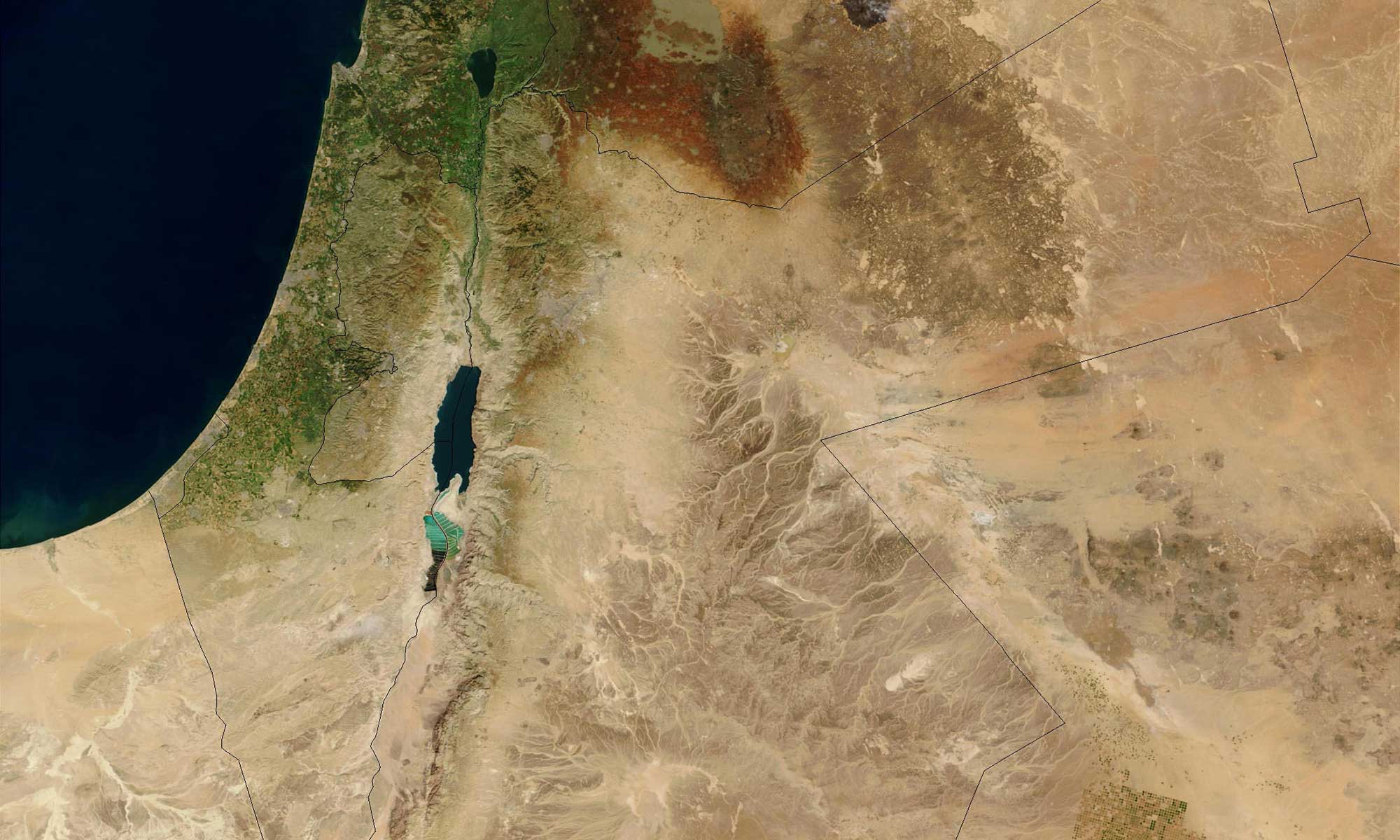






























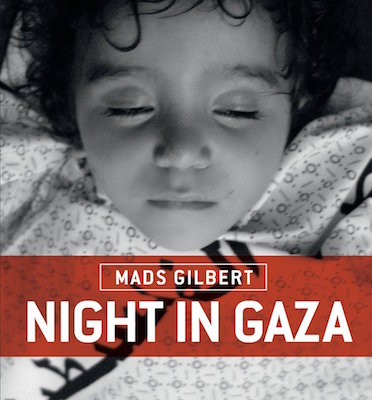












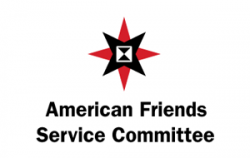



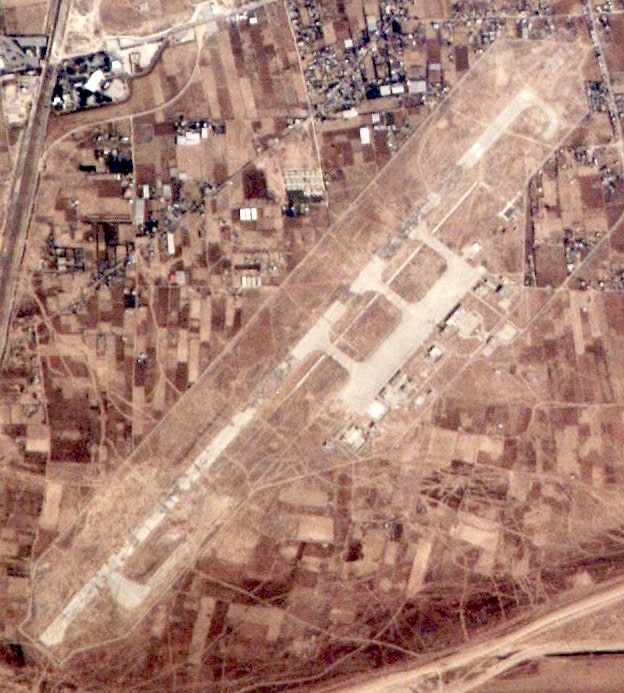











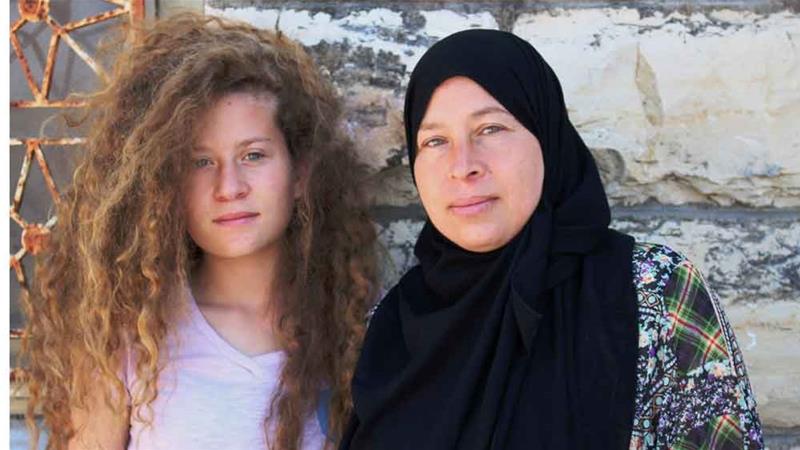


























































 “From Ramallah to New York, Tel Aviv to Porto Alegre, people around the world celebrate a formidable, transnational Palestinian LGBTQ social movement. Solidarity with Palestinians has become a salient domain of global queer politics. Yet LGBTQ Palestinians, even as they fight patriarchy and imperialism, are themselves subjected to an “empire of critique” from Israeli and Palestinian institutions, Western academics, journalists and filmmakers, and even fellow activists. Such global criticism has limited growth and led to an emphasis within the movement on anti-imperialism over the struggle against homophobia.” (2020)
“From Ramallah to New York, Tel Aviv to Porto Alegre, people around the world celebrate a formidable, transnational Palestinian LGBTQ social movement. Solidarity with Palestinians has become a salient domain of global queer politics. Yet LGBTQ Palestinians, even as they fight patriarchy and imperialism, are themselves subjected to an “empire of critique” from Israeli and Palestinian institutions, Western academics, journalists and filmmakers, and even fellow activists. Such global criticism has limited growth and led to an emphasis within the movement on anti-imperialism over the struggle against homophobia.” (2020)
 Concentrating mostly on the Tamimi family and their leadership of resistance to the occupation in Nabi Saleh, Ehrenreich portrays a spectrum of approaches, including that of youth. “Even tho I have fairly extensive experience in Palestine-Israel, Ehrenreich, by being so embedded (in the best manner, close to the people, suffering and celebrating with them) reveals many new insights.” (Skip Schiel)
Concentrating mostly on the Tamimi family and their leadership of resistance to the occupation in Nabi Saleh, Ehrenreich portrays a spectrum of approaches, including that of youth. “Even tho I have fairly extensive experience in Palestine-Israel, Ehrenreich, by being so embedded (in the best manner, close to the people, suffering and celebrating with them) reveals many new insights.” (Skip Schiel)
